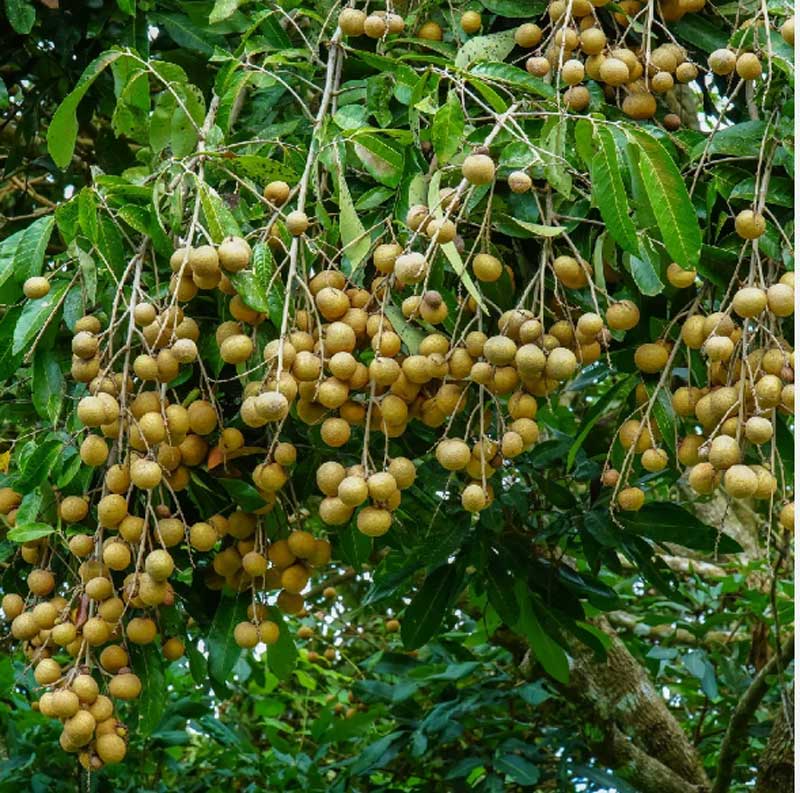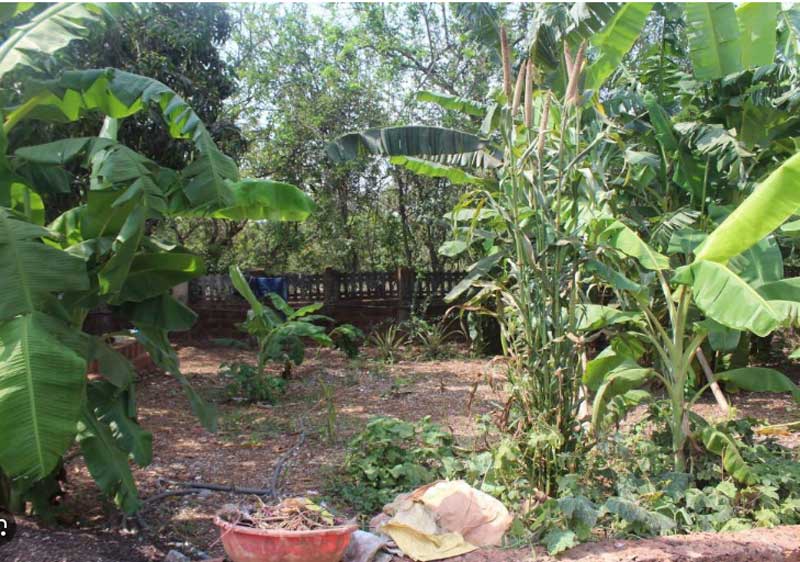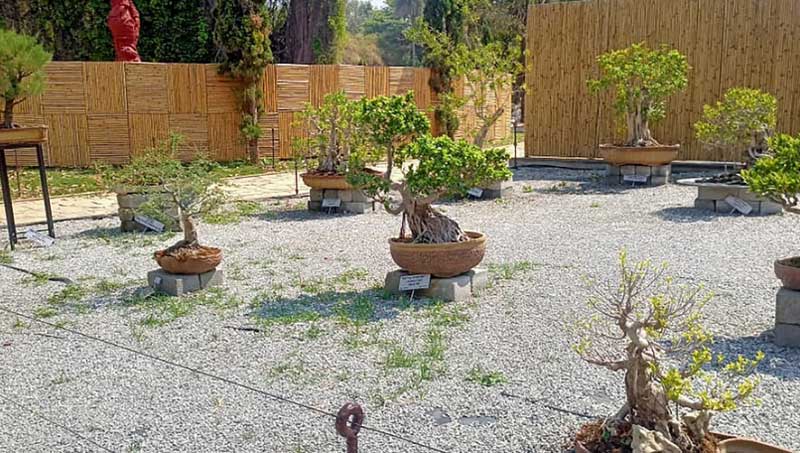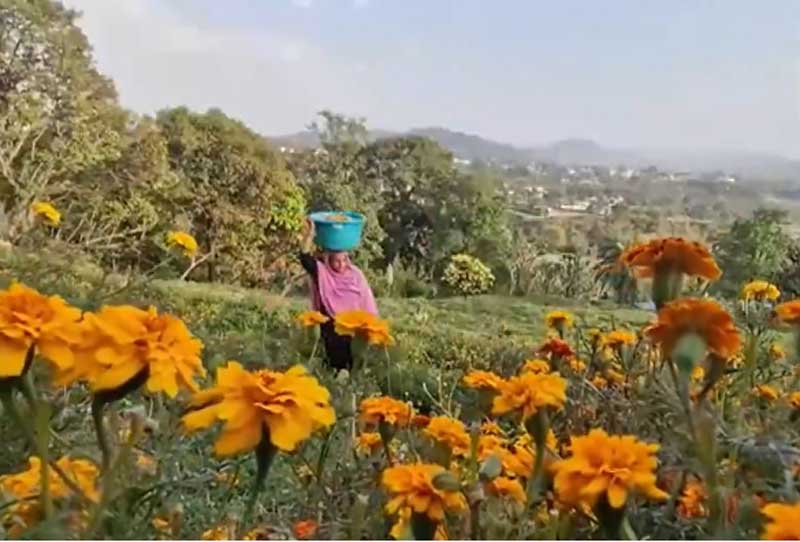Tracking wildflowers from sky: A new way to study nature
New Delhi: Flowers bloom fully in spring. However, natural rhythms such as light, temperature, and rainfall influence flowers throughout the year. Currently, scientists are busy using advanced technology to find out the ongoing changes in flower cultivation. The changing environment has had a lot of impact on flower farming.
As per a recent study, wildflowers in California are expected to be monitored by aircraft and space-based tools. NASA has developed this technology known as Jet Propulsion Laboratory (JPL). It is capable of detecting how and why the colour changes in plants over time. This technique is set to provide environmentalists with the ability to monitor plant health and flowering patterns, which play a significant role in our ecosystems and agriculture.
Also Read: Vertical cultivation revolutionizes household plant farming in UK
Researchers from the University of Maryland-College Park and NASA’s Goddard Space Flight Center tested remote sensing to track large-scale flowering. They used a high-tech imaging spectrometer mounted on a plane to scan thousands of acres of protected land. The device recorded light in hundreds of wavelengths, far beyond human vision, to map blooming flowers over several months.
Earlier, field surveys and cameras were not capable of providing exact data because flowers bloom for a short span of time. Scientists get accurate information through analyzing flower colours from the sky. Flowers get their bright colours from pigments like carotenoids, betalains, and anthocyanins, which create unique “spectral fingerprints.”
This ongoing study has been helping to monitor plant life and climate changes, helping to protect nature as well as agriculture in the coming days.

















